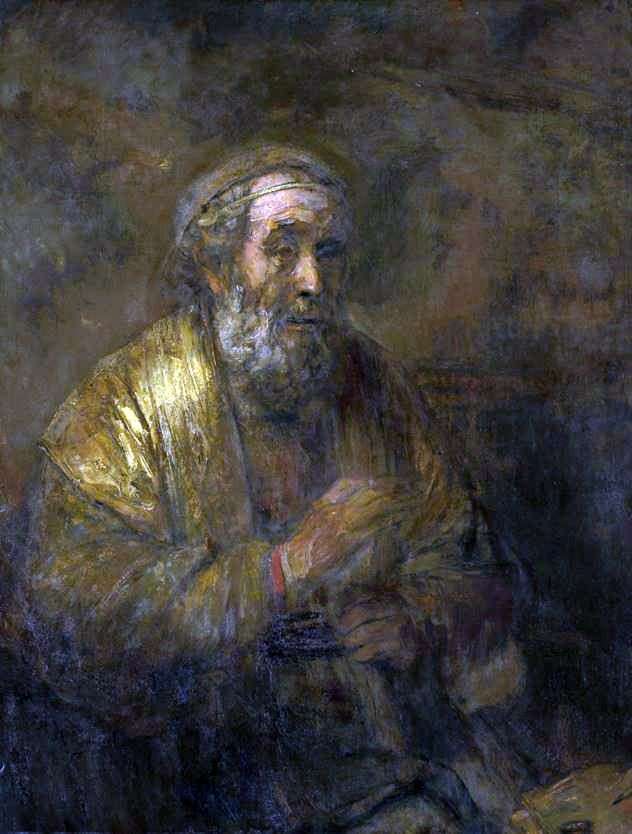
Homer and his guide The canvas of the French academician Adolf Bugero belongs to the era of painting, absorbed in two directions – neoclassicism and academicism. The confusion of the ideals of ancient writing and salon art gave birth to the extraordinary beauty of the canvas in the performance of the painter. Each picture of Bouguereau is worthy of contemplation and acceptance by the heart, but in the variety of everyday subjects and allegorical paintings “Homer and his guide” looks most realistic and sad.
The blind poet, the author of The Odyssey and The Iliad, Homer, appeared in the work as a thin and pale old man. His youth, the guide, shared his longing and deep anxiety. If Homer is blind and his eyes are eaten blindness, then the boy, on the contrary, is endowed with huge open eyes full of sighted anguish and anxiety for his ward.
A scene from the life of a wanderer-poet oppresses helplessness before the temptation of others to throw stones at Homer. A pair of vigorous races in the background rages over the infirmity of the old man. Although the hands of one of the men, swooped up, can mean crooning stray dogs. There they are, there, in the background are rushing a black pack to the wanderers. The duet of old age and youth Bouguero supported by a ragged dog.
It was he who brought so much trouble to the guide, blocking the road. However, his appearance is symbolic of the same wandering life as the poet Homer leads. The danger that awaits the helpless duo is yet to come. About it the artist does not mention, but only makes it clear that the hungry pack is about to overtake Homer with the boy. Waiting for barking, throws and bared dogs prevented the picture, closing the composition at the stage when it is possible to do something else, for example, throw a stone clamped in a child’s hand.
Against the backdrop of a depressing picture, the work can be distinguished as a masterpiece of painting with its large size, bright, clean colors, a combination of anterior and long-range plans in a single tone, without contrast, sharp shadows. Palette Bouguerot guessed light haze and the nature of colors. The color of the work is very warm, daytime, almost weightless. What a pity that this day is overshadowed by misfortune and blind weakness.
 Earrings by Adolf Bugero
Earrings by Adolf Bugero Homer by Rembrandt Harmens Van Rhine
Homer by Rembrandt Harmens Van Rhine Spring by Adolf Bugero
Spring by Adolf Bugero Love inspires by Adolf Bugero
Love inspires by Adolf Bugero The Birth of Venus by Adolf Bugero
The Birth of Venus by Adolf Bugero Lullaby by Adolf Bugero
Lullaby by Adolf Bugero Dante and Virgil in Hell by Adolf Bugero
Dante and Virgil in Hell by Adolf Bugero Wave by Adolf Bugero
Wave by Adolf Bugero